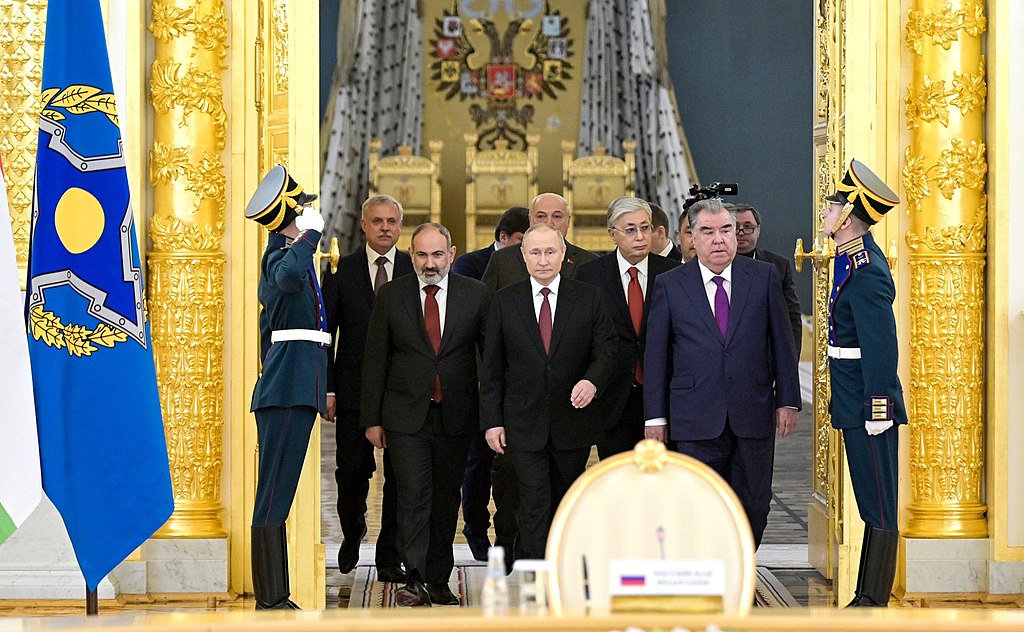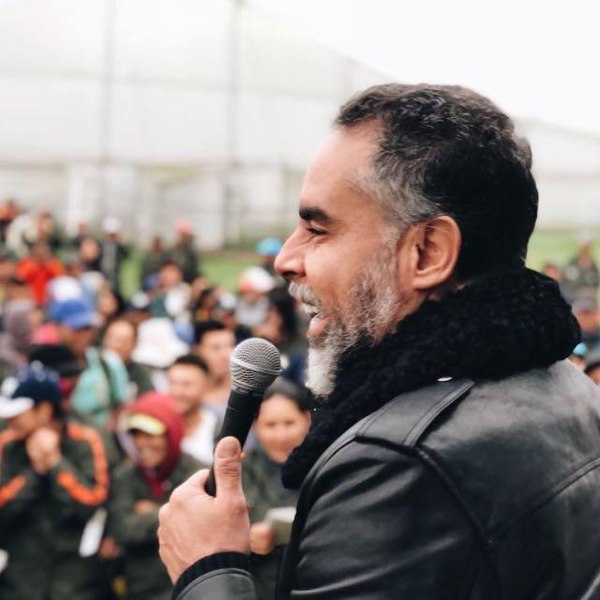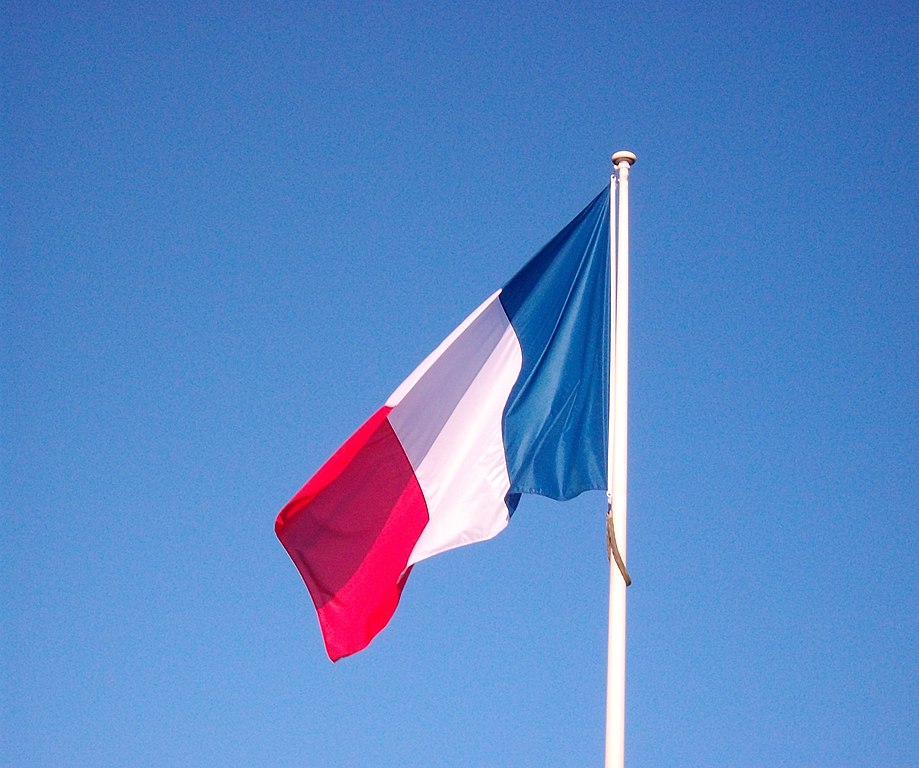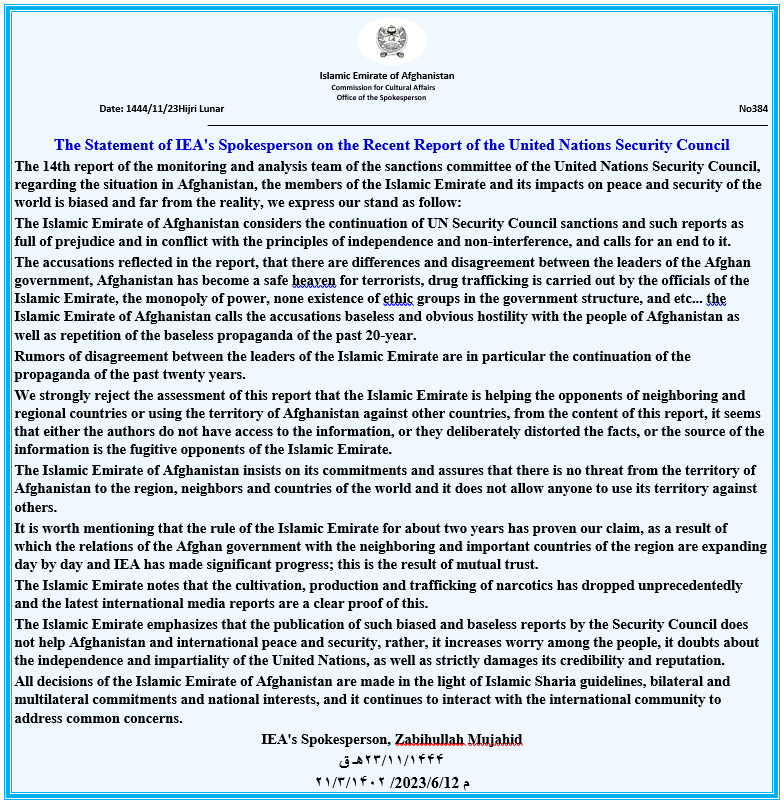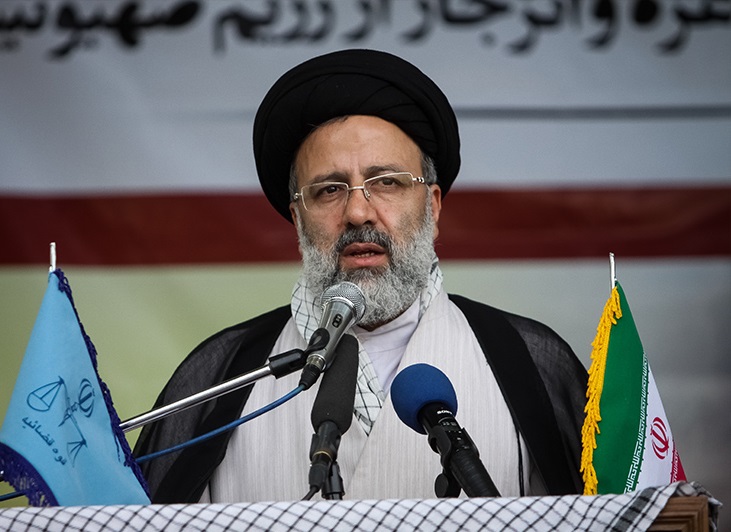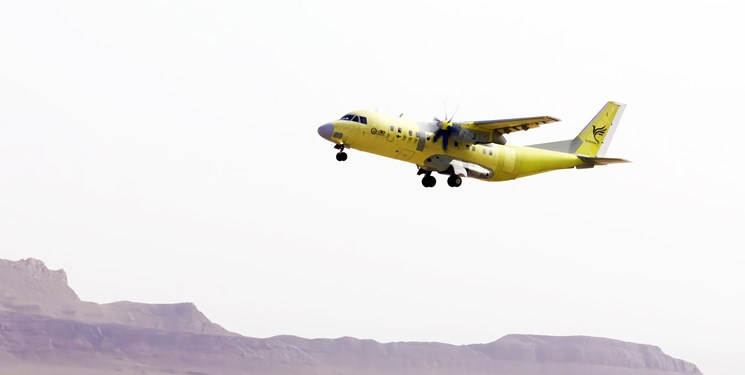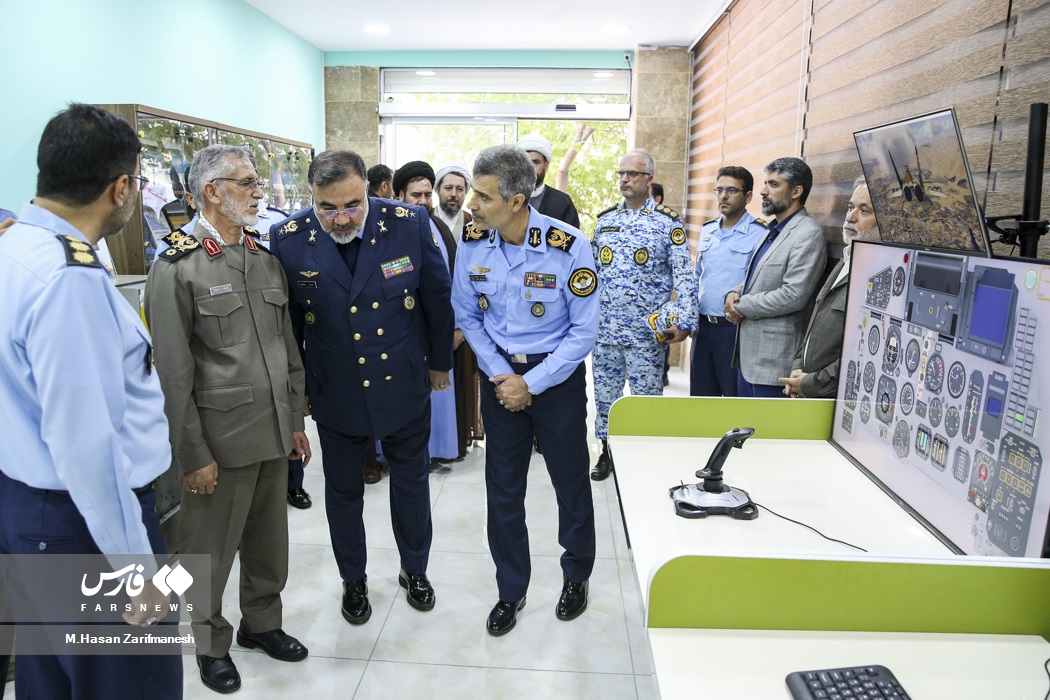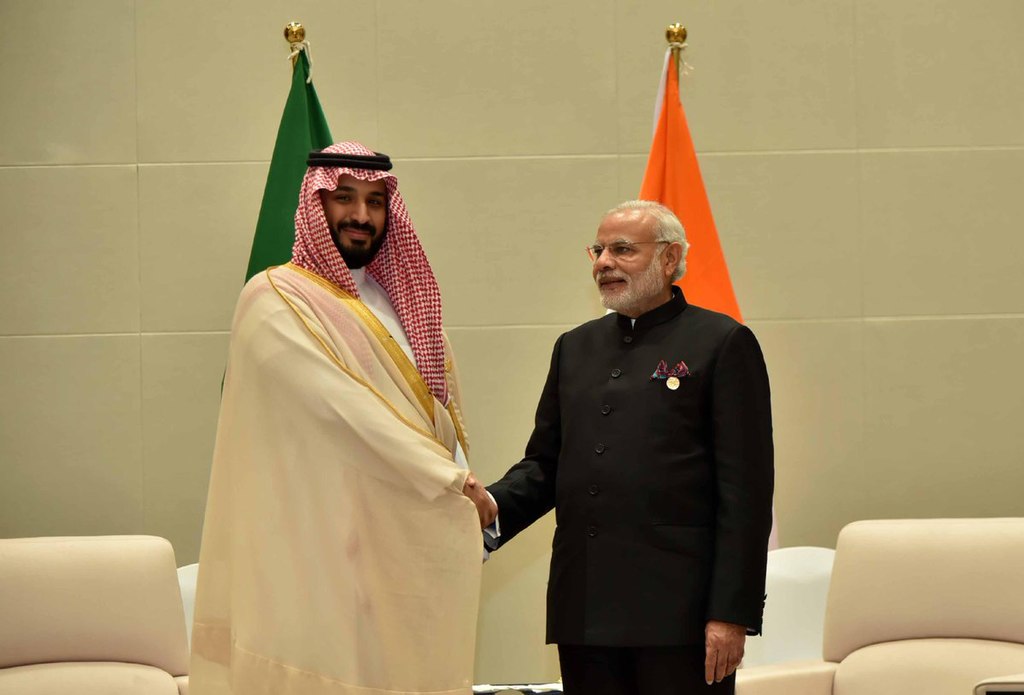
Prime Minister Narendra Modi meeting Mohammad bin Salman, Deputy Crown Prince of Saudi Arabia (2016)
“The military-to-military ties are likely to develop further, with greater efforts toward interoperability and understanding each other’s security concerns…”
India’s military influence activities continue to increase in key Arab countries Egypt and Saudi Arabia.[i] In May 2023, the commanders of the Indian and Egyptian armies met in Cairo to discuss deepening bilateral military cooperation, as reported in the first accompanying excerpt, from the Twitter account of the Indian Embassy in Cairo. The meeting follows up on earlier high-level engagements discussing defense cooperation, most notably Egyptian President Sisi’s January 2023 visit to India. Their armies conducted a bilateral exercise in Egypt in January, and earlier in May, the Indian and Egyptian air forces also conducted joint training, as mentioned in the second accompanying excerpt from the Egyptian defense ministry website. Egypt is seen as a possible gateway for Indian weapons sales to Africawith rumors of looming weapons sales and possible joint production agreements between the two countries.
The Indian military has also increasingly engaged with their Saudi counterparts. Indian and Saudi naval forces held a training exercise in the Persian Gulf in May, concurrent with a 3-week training program for around 50 Saudi naval personnel in India. India-Saudi military ties “are likely to develop further, with greater efforts toward interoperability and understanding each other’s security concerns,” according to an Indian defense expert cited in the excerpt from the Saudi English-language daily Arab News. The two countries’ heads of state spoke in June on deepening relations in several areas, including defense.[ii] Saudi Arabia remains among the top global arms importers and an attractive potential customer for the Indian weapons industry. Saudi media is enamored of the narrative of multipolarity but rarely considers India as part of the great power competition discussion. India’s strategic importance is evaluated through the lens of its membership in non-Western multilateral organizations such as BRICS and the Shanghai Cooperation Organization (SCO). Both Saudi Arabia and Egypt recently became SCO dialogue partners and have moved toward greater involvement in BRICS institutions.[iii] India’s growing security involvement in the Arab world bears watching even though it remains overshadowed by the specter of growing Russian and Chinese influence in the region.
Sources:
@indembcairo. Twitter, 15 May 2023. https://twitter.com/indembcairo/status/1658039664345858049
Indian Army Chief General Manoj Pande proceeded on a three-day visit to Egypt. The visit will provide an opportunity to enhance bilateral #DefenceCooperation and strengthen cooperation in areas of mutual interest.
“The Egyptian And The Indian Air Forces Carry Out A Joint Air Training At An Egyptian Air Base,” Egyptian Ministry of Defense Website, 8 March 2023. https://www.mod.gov.eg/ModWebSite/NewsDetails.aspx?id=42648
Within the framework of supporting and strengthening military cooperation relations with friendly and brotherly countries, the Egyptian and Indian Air Forces carried out a joint air exercise at an Egyptian air base. The training included implementation of a number of joint drills, including training on aerial refueling, which contributes to the exchange of training experiences between the elements participating from both sides
“Indian navy chief welcomes Saudi cadets during first joint training,” Arab News (English-language Saudi daily), 2 June 2023. https://www.arabnews.com/node/2314776/saudi-arabia
Muddassir Quamar, a Middle East expert and associate professor at Jawaharlal Nehru University in New Delhi, said there have also been efforts to develop cooperation in nonconventional defense areas, as well as the defense industry. “The military-to-military ties are likely to develop further, with greater efforts toward interoperability and understanding each other’s security concerns,” he told Arab News.
Notes:
[i] For background see: “India-Egypt Ties: Sharply Rising Graph of Engagement,” Bharatshakti (Indian defense publication), 12 December 2022. https://bharatshakti.in/india-egypt-ties-sharply-rising-graph-of-engagement/ and “How India-Saudi Arabia Strategic Ties Are Deepening, And Will Help The Defence Industry,” ABP News (Indian news network), 28 May 2023. https://news.abplive.com/india-at-2047/how-india-saudi-arabia-strategic-ties-are-deepening-and-will-help-the-defence-industry-1605245
[ii] “PM Modi, Saudi Crown Prince review ties with focus on connectivity and defence,” Hindustan Times (Indian daily), 9 June 2023. https://www.hindustantimes.com/india-news/pm-saudi-crown-prince-review-ties-with-focus-on-connectivity-and-defence-101686249683889.html
[iii] Egypt recently became an official member of the New Development Bank, sometimes referred to as the “BRICS bank,” and Saudi Arabia is reportedly in talks to join. Saudi Arabia and Egypt have also both expressed interest in BRICS membership and are considered potential candidates were the group to expand.
Image Information:
Image: Prime Minister Narendra Modi meeting Mohammad bin Salman, Deputy Crown Prince of Saudi Arabia (2016)
Source: Prime Minister’s Office, Government of India, via Wikimedia Commons https://commons.wikimedia.org/wiki/File:Prime_Minister_Narendra_Modi_meeting_Mohammad_bin_Salman,_Deputy_Crown_Prince_of_Saudi_Arabia.jpg
Attribution: CC BY-SA 2.0 https://creativecommons.org/licenses/by-sa/2.0

